Strawberries (Fragaria moschata or Fragaria elatior) - this is how scientists began to call nutmeg strawberries from the 18th century. This plant has many names, for example: garden strawberry, or European, or high, or real, or musky strawberry, or Shpanska (shpanka), or nutmeg, or high. Since the beginning of the twentieth century, false berries of garden strawberries (either large-fruited or pineapple) have been mistakenly called strawberries by the people. However, pineapple strawberries do not come from garden strawberries, but from Virginia and Chilean strawberries. Strawberries (garden strawberries) appeared in European countries in 1739, it was a hybrid. Unlike garden strawberries, its berries are larger. The name “strawberry” has the Russian root “club”, which means “spherical, round”. However, it should be remembered that the most important thing is not to correctly name the plant in your garden, but to take good care of it and follow the rules of agricultural technology.
Content
Features of garden strawberries
The closest relative of garden strawberries is strawberries. Strawberry is a perennial herbaceous plant. On the surface of its erect shoot there is pubescence; it reaches a height of 15–40 centimeters. The branched fibrous root system goes deep into the soil by 0.3–0.4 meters. Basal large leaf plates have short petioles, their shape is triple-complex, they include ovoid leaves with a wide-toothed edge. They are assembled into an outlet. On the front surface of the leaves there is pubescence, the seamy is densely hairy and veins protrude on it. Such a plant has a mustache (elongated creeping shoots), peduncles and horns (annual shortened stems). Whether strawberries are productive or not is judged by the number of horns in the bush and how many peduncles are on the horn. Shield inflorescences consist of 5–12 white flowers. This culture blooms for about 20 days. An overgrown receptacle is usually called a berry. However, in fact, the fruits of such a plant are small brown nuts located on the surface of this receptacle.This culture is very popular with gardeners. For several hundred years, strawberries, along with gooseberries and currants, have remained very popular crops in horticulture.
Planting strawberries in open ground
What time to plant
Strawberry planting can be done in autumn and spring. Autumn planting is recommended from mid-August to the second half of September, in this case, next season, this crop will be able to give a good harvest. In the event that the seedlings have a closed root system (growing in cassettes or containers), then it is recommended to plant it by transshipment from mid-July to the second half of August. Planting strawberries is best done on a cloudy day right after watering or rain. Spring disembarkation is done very early as soon as possible.
The strawberry yield depends on the quality of the seedlings. You can do the cultivation of such seedlings yourself, if you wish, but it should be borne in mind that this process will take a lot of your time and effort, and in the end you will get plants with one horn. As a rule, the process of growing seedlings takes 1-3 years. However, this method of reproduction also has a big plus, the seedlings can be immediately transplanted to a permanent place as soon as the time is right, while taking it with a lump of earth. This allows the seedlings to avoid stress, which will necessarily manifest itself during long-term storage, and also its survival rate is much better. However, many experienced gardeners prefer to buy planting material from proven nurseries with a good reputation. It should be borne in mind that you should not buy seedlings with bare roots, because its rooting process is much worse, and it will be possible to collect a full harvest from the grown bushes only after a few years. By purchasing planting material in containers or cassettes, you will be able to get a rich harvest from such plants in a relatively short time. However, it should be noted that such seedlings are more expensive.
Soil for strawberries
For planting this crop, you should choose a well-lit area that is protected from gusts of wind. A suitable soil must be saturated with organic matter. Best of all, such a berry grows on light loam or sandy loam, gray forest soil and black soil are also well suited for its cultivation. It is not recommended to grow strawberries on clay soil. It is very good if the groundwater on the site will lie at a depth of 0.6–0.8 m, while the pH of the soil should be 5.7–6.2. The best precursors are cereals, garlic, marigolds, herbs, onions and petunias. Without transplantation, this culture is grown for 3 or 4 years. After transplanting on the old site, it will be possible to plant strawberries again only after 2-3 years.


Watch this video on YouTube
Planting strawberries in spring
In spring, strawberries are rarely planted. Landing site should be prepared in advance. So, it is dug up in late autumn, while adding 100 grams of superphosphate, 5 kilograms of manure or 8-10 kilograms of humus and 50 grams of potassium salt per 1 square meter into the soil. In spring, only well-developed seedlings are planted. For three days, the seedlings should be placed in a cool place, after which they are planted. In the event that organic fertilizers were not introduced into the soil in the autumn, then one handful of wood ash and 2 or 3 of humus must be thrown into each hole before planting. The distance between the bushes, as well as the row spacing, should be equal to 0.3 m. The hole should be so deep that the plant roots can be freely placed in it, and vertically. In order for the seedlings to take root very quickly, experienced gardeners are advised to pinch the longest root.Also, all leaf plates must be removed from the planted plant, leaving 3 or 4 of the largest ones. After planting, the neck of the strawberry should be flush with the ground. If you wish, you can first fill the hole with water, and then immerse the plant's root system in it. Then the hole is carefully filled with soil, which must be well tamped. The second method - the plants are planted in dry holes, and then, when the soil around the bushes is well compacted, they are watered very abundantly. It is recommended to disembark in the evening or on a cloudy day. In the event that there is a possibility that frosts may return, it is best to cover the planting with foil.
Planting strawberries in autumn
Planting strawberries in the fall is better than in the spring, because next season it will be able to harvest a good harvest. Plants of spring planting will give the first fruits after one year, but this is only if they are not destroyed by recurrent frosts. It is necessary to prepare a plot for autumn planting at the beginning of the spring period, for this it is dug up, making the necessary fertilizers. To save space in this area, you can plant early vegetables that are good predecessors of strawberries, for example: garlic, celery, onions or carrots. The seedling root system must be treated with fungicides. You need to plant seedlings in the fall in the same way as in the spring.
Strawberry care
In the first year of its growth, strawberries will have to build up a powerful root system, in this regard, experts advise at this time to cut off all whiskers and peduncles so that the plant does not waste energy on them. Care for older shrubs begins in early spring. When the growing season just begins, the site will need to be freed from the old mulch layer, and all dried, black and old leaf plates must also be cut out. The soil surface between the plants must be loosened. Further, it will be necessary to care for such a crop in the same way as for any others growing in the garden, namely: systematically water, weed, loosen the soil, feed and process against various pests and diseases.
Strawberries during flowering
Such a plant begins to bloom in mid-May. If strawberries are properly looked after during the flowering period, this will positively affect the quality and quantity of the crop. When it begins to bloom, fertilizer containing potassium, as well as wood ash and humus, must be added to the soil. In order for the harvest to be more abundant, the bushes need to be treated with a solution of boric acid (1 small spoon for 1 bucket of water), thanks to this, the ovaries will become much larger. At this time, it is necessary to carry out timely weeding, as well as loosening the soil surface, since the crust that appears on its surface will not allow the roots to breathe fully. Before the first berries ripen, the surface of the soil near the plants must be covered with a layer of mulch. In order for the harvest to be as plentiful as possible, at this time, using a pruner, excess mustache and leaf plates should be removed from the bushes.
How to water
To make the berries large, the strawberries will need abundant watering. But it should be borne in mind that it must be watered so that no stagnation of water in the roots occurs. Remember that due to insufficient watering, the superficial root system of the bushes suffers, or rather, it dries up. If there is too much water, then root or gray rot will develop on the root system. Strawberry watering begins in the last days of April. 1 m2 should go on average from 10 to 12 liters of water. It shouldn't be cold. If the weather is moderately hot, it will be enough to water the strawberries once every 10–12 days. In hot summer months, such a culture must be watered more often - 3 or 4 times in 7 days. From August to October (inclusive), during the dry season, the plants must be watered a couple of times every 7 days.This procedure is recommended in the morning, while pouring water should be very careful, as its droplets should not be on the surface of inflorescences or leaf plates. Until the flower stalks grow, it is best to water the strawberries by sprinkling, and while the bushes are blooming, drip irrigation is perfect for them.
Fertilizer
Top dressing of adult bushes is carried out at least three times per season. At the beginning of the spring period, when the site will be cleaned, and unnecessary foliage is removed from the bushes, a solution of Nitroammofoska should be added to the soil (1 large spoon for 1 bucket of water), if desired, it can be replaced with an infusion of chicken droppings (1:12) or mullein ( 1:10). 1 bush should take 500 ml of nutrient solution. To improve the yield and growth of strawberries, it is necessary for her to arrange top dressing on foliage, for this the following mineral fertilizers are used: ammonium molybdate, boric acid and potassium permanganate (for 1 bucket of water, you should take 2 g of each of the substances). During the formation of buds and fruits, strawberries need potassium, in this regard, an infusion of chicken dung, wood ash or potassium nitrate should be added to the soil. And do not forget that foliage at this time can be treated with a solution of boric acid. When the berries are harvested and the foliage is cut off, a solution of Nitroammofoska will need to be added to the soil (a couple of large spoons of the substance for 1 bucket of water). To stimulate the laying of flower buds of the next season, it is necessary to fertilize the bushes with urea in August (for 1 bucket of water 30 grams). After such feeding, the strawberries need watering. You should also pay attention to the fact that in a specialized store you can buy a special complex fertilizer for strawberries, which includes all the elements that this crop needs. This nutrient mix can increase yields by up to 30 percent.


Watch this video on YouTube
Transfer
Strawberry growth stops in the fourth year, which lowers its yield. This is due to the fact that for 4 years of growth of bushes in the same place, the soil is greatly depleted. In this regard, experts advise transplanting strawberries to a new location once every 3 or 4 years. For transplantation, it is necessary to choose strong and absolutely healthy bushes, while taking into account that they should be no more than three years old. The fact is that the bushes are older than three years of age and after the transplantation procedure will not please with abundant fruiting, so they are simply dug up and thrown away. You can transplant the bushes in the spring or in the last weeks of the summer, while choosing a cloudy day. Prepare the site for planting as described above. Remove the bushes from the ground and remove the soil from their root system. Pinch their roots ¼ of the length, then they are immersed in a clay-dung mash and planted in a new place. The transplanted plants need good watering, then the soil surface should be covered with a layer of sawdust or peat.
As you probably already understood, growing strawberries is not difficult, the main thing is to know how to do it right and how to care for it.
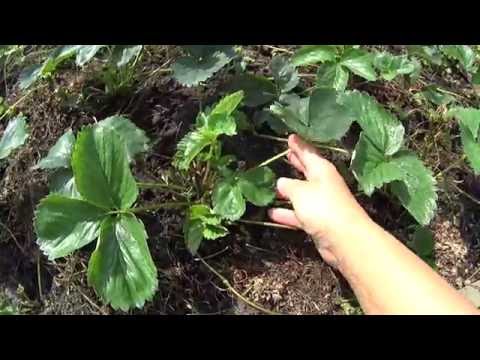

Watch this video on YouTube
Propagation of strawberries
Propagation of strawberries with a mustache
When strawberries bear fruit, it is recommended to choose the most suitable and developed bushes for reproduction, which should be 1 or 2 years old, while note that their fruits should be relatively large. Select the largest mustache that should go away from the bushes you have chosen, plant it in a seedling pot and then it will remain to pin them. Only the largest rosettes are chosen for reproduction, and the mustache of the second and third order, as well as the remaining creeping shoots that connect the mustache with the bush, should be cut off.In July, 4 to 6 leaf plates should grow on the selected mustache, when this happens, the rosettes are separated from the parent plant and transplanted to a permanent place along with a clod of earth. Transplanted bushes need watering.
Reproduction by dividing the bush
This breeding method is suitable only for remontant strawberries, because they practically do not grow outlets. It can also be useful if there are not enough seedlings. For division, two-year or three-year-old bushes are chosen, which have a developed root system. In spring or autumn, a bush with a good yield must be removed from the soil and divided into several parts, while taking into account that each horn must have a leaf rosette and roots. The resulting cuttings are planted in a new place.
Seed propagation of small-fruited remontant strawberries
In July-August, you need to choose the largest and ripe fruits. With a sharp knife, a layer with seeds is cut off from them, then it is rubbed onto a cloth, which is placed in a sunny place to dry. When the mass is dry, it is ground again, while trying to collect all the small seeds. They are poured into a paper bag and stored. In February, remove the seeds and soak them by submerging them in water. It should be borne in mind that the water must be melted or rainwater, and it must be replaced twice a day. If the seeds were purchased from a store, then they need to be immersed in a growth-accelerating solution for several hours.
A good drainage layer of broken bricks must be made at the bottom of the container. Then it is filled with a soil mixture consisting of river sand, leaf humus and garden soil, they must be taken in a ratio of 1: 2: 1. In a moistened soil mixture, it is necessary to make grooves, while the distance between them should be about 50 millimeters. You need to deepen the seeds only 5 millimeters, then they are slightly sealed, and the container on top will need to be covered with glass. Crops are placed in a place where the air temperature should be in the range of 20 to 25 degrees, where they should stay for about 15 days. Crops will need daily airing and watering the container in the pallet. It is possible to water the crops in another way, for this a snow layer is laid on the surface of the substrate, the thickness of which should be from 8 to 10 centimeters. When the first shoots appear, the containers are transferred to a well-lit place. After half a month, the seedlings should have the first true leaf plate. When this happens, the plant should be pricked. To do this, each seedling is carefully dug out, its roots are pinched, and then planted in a pot. Maintain a distance between the plants of 20–30 mm. When the plants begin to develop a 4 or 5 true leaf plate, they should be dived again, while adhering to the 5x5 centimeters scheme. Before transplanting seedlings into open ground, they must be hardened.


Watch this video on YouTube
Pruning strawberries
What time to trim
Among gardeners today, there is still debate about whether it is necessary to prune wilted strawberry foliage or not. On whose side it is impossible to determine the truth, but it should be borne in mind that if old leaf plates are removed from the bush, this will not harm him. After their yellowing and drying begins, and spots form on the surface, it will be possible to cut them off by choosing for this morning or evening time, while it should be dry and cloudy.
Pruning rules
It is necessary to cut the leaves with very sharp scissors or pruning shears. However, it is not necessary to cut the leaf plate "at the root", it is necessary that shoots and cuttings remain on the bush, the length of which should reach 10 centimeters. Only leaves and unnecessary rosettes should be cut off. You also need to dig in young growing whiskers so that they quickly build up the root system.In the event that you are not going to propagate strawberries with a mustache, then you need to remove them all, which will avoid thickening the beds.
When the pruning is over, it is necessary to loosen the surface of the site, and then it must be spilled with a solution of potassium manganese. Then the strawberries are fed. Until the young leaf plates grow, the plants will need systematic watering, make sure that the soil is constantly slightly damp. In the event that the strawberries grow young foliage, they will be able to endure well any winter, even the most frosty one. In late autumn, it is recommended to cover the bushes with pine needles, which will protect them from severe frosts.
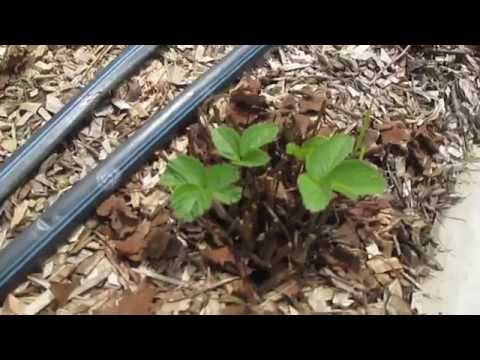

Watch this video on YouTube
Strawberry pests and diseases
Strawberry diseases
Caring for strawberries is complicated by the fact that it can get sick with a wide variety of diseases, and pests often settle on it. Often, gardeners cannot understand why seemingly healthy bushes begin to dry out or rot, in all cases this is associated with various pests and diseases. Most often, this culture is affected by fruit, root and gray rot, powdery mildew, brown, brown and white spots (septoria), jaundice, fusarium, late blight and verticillary wilting. Most of these diseases are fungal. To keep strawberries healthy, it is enough to follow all the rules of agricultural technology and pay special attention to the selection of suitable predecessors (crop rotation). Spraying the bushes for prevention purposes, which is carried out in the spring and at the end of the growing season, is also of no small importance. If the plant does get sick, then it will need to be sprayed with one of the fungicidal agents.
Strawberry pests
Very often strawberries are harmed by strawberry nematodes, mites, leaf beetles, dark click beetles and strawberry-raspberry weevil. And also snails, slugs and red ants settle on the bushes. In order to reliably protect strawberry beds from these pests, you only need to provide proper care for the plants, as well as timely spray the bushes and soil under them with insecticidal agents for prevention.
Strawberry processing
The opinions of experts and gardeners agree that it is easier to prevent the development of a disease than to fight it later. The same applies to pests, the more it should be taken into account that some of them are carriers of very dangerous and sometimes incurable diseases. For this, systematic treatments are provided, the purpose of which is the prevention of diseases and pests. For the first time, the preventive spraying season is carried out at the very beginning of the growing season in spring. And the second and last such treatment for the season is carried out at the very end of the growing season in the autumn, when all the fruits have already been harvested, the extra rosettes and foliage have been removed, and the strawberry itself will be preparing for the coming winter.
From pests and diseases, this crop is sprayed with various means. In the spring, before the buds swell, experienced gardeners are advised to cut off all the foliage from the bushes and remove the top layer of soil in the area where pathogenic microorganisms and pest larvae are located, which have settled there for the winter. If there is no desire to remove the topsoil, then loosen it to a depth of 6 to 8 centimeters. Then the surface of the site should be carefully treated with a solution of copper sulfate (2-3%) or Bordeaux mixture (3-4%). Re-processing with the same funds is done in September or October. However, before re-processing, approximately in the second decade of September, you need to prepare the following mixture: for 1 bucket of lukewarm (about 30 degrees) water, you need to take 2 large tablespoons of liquid soap, wood ash and table vinegar and 3 large tablespoons of burnt vegetable oil. This solution is thoroughly mixed and filtered. They should spray the plants themselves and the surface of the site.


Watch this video on YouTube
Strawberry varieties with photos and descriptions
There are incredibly many varieties of strawberries, in this regard, only those of them that are most popular will be described below. According to the ripening time, all varieties are divided into late, medium and early.
The most popular are the following early ripening varieties:
- Alba... This variety is resistant to pests and diseases. Bushes are medium-sized, weakly leafy. Saturated red color, glossy fruits are very large in size and conical in shape. This variety is used for growing on an industrial scale.
- Rosanna... This variety was created by Ukrainian breeders, it is resistant to diseases. The bushes have many peduncles, but there are relatively few flowers. Large bright red fruits have a drop-shaped or broad-conical shape. The fragrant red pulp has a sweet-sour taste.
- Oso Grand... This variety is widely used in Florida and Spain. The berries are sweet, firm and large enough.
- Evangeline... This very early ripening Scottish variety is susceptible to verticilliosis and root rot. Large berries have an oblong conical shape and a pale red color. The pulp has a pleasant taste.
The most popular medium-ripening varieties:
- Wegera... On vigorous, spreading bushes, round-conical large fruits of a dark red color grow. The pulp is fragrant sweet with a strawberry aftertaste.
- Gift... This variety is resistant to disease and drought. Bushes are sprawling, tall, strongly leafy. The dark red sweet fruits are large in size.
- Vebenil... This mid-late English variety has abundant fruiting. The bushes are tall. The deep red, spindle-shaped fruits have a very beautiful appearance and excellent taste.
- Symphony... This medium-late variety is resistant to verticillium, gray mold and frost. The bushes are strongly leafy, the leaf plates are hard. Intense red, large, conical fruits have excellent taste.
Popular late varieties:
- Chelsea retired... This variety is considered a true masterpiece of selection. Bushes are not very tall, leafy and wide. The dark red fruits are delicious and juicy.
- Great Britain... This large-fruited variety reacts negatively to drought. The bushes are not very tall, strong, the foliage is tough, and the rosettes are thick. The sweet juicy fruits are very large.
- Professional... Dessert French variety is resistant to diseases, but ticks often settle on the bushes. Forms a small number of outlets. Fruiting lasts from the last days to the end of October. Intense red, fragrant fruits have an elongated conical shape and excellent taste.
Popular remontant varieties, or neutral day varieties:
- Hell... The first fruiting is observed at the same time as in mid-season varieties, and the second - from August until frost. The rich red fruits are elongated.
- Queen Elizabeth... This variety with large berries is among the sweetest. It is resistant to frost and disease and has a high yield. Rosettes grow relatively rarely.
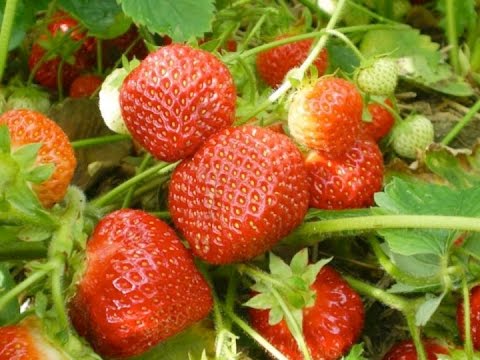

Watch this video on YouTube



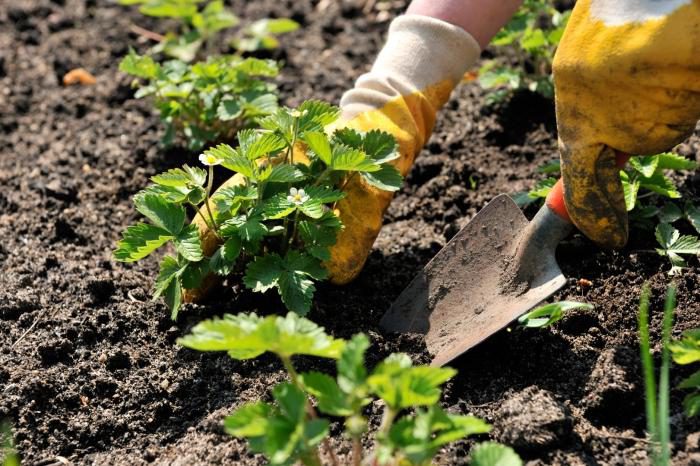
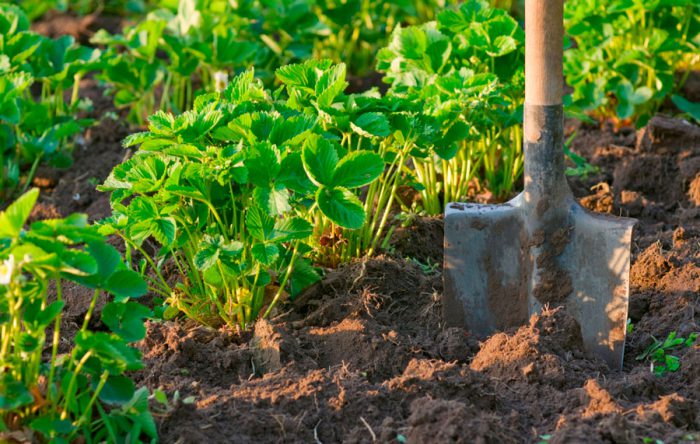
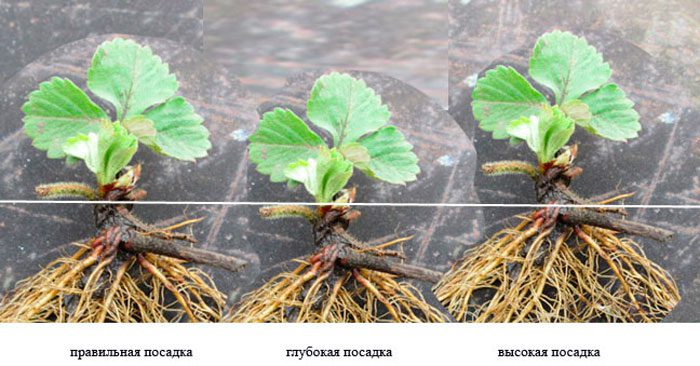
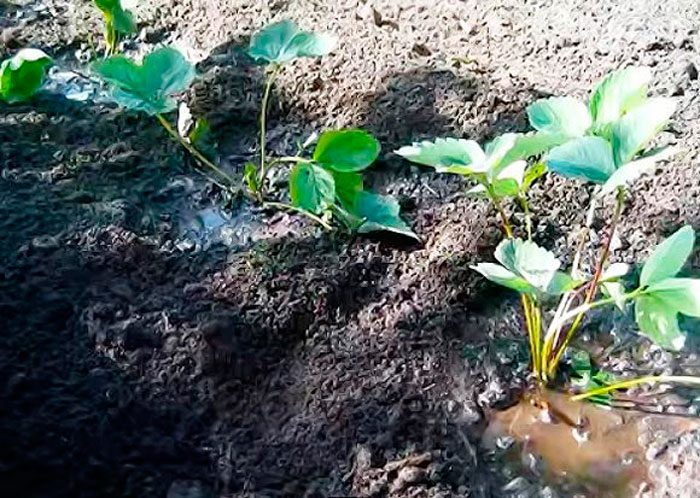
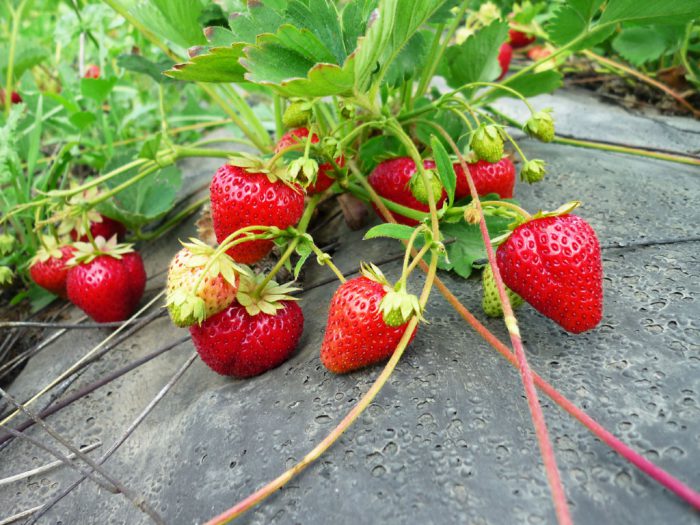

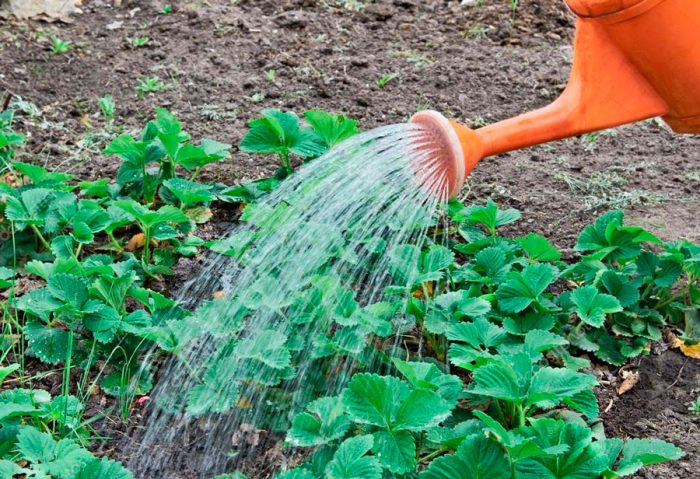
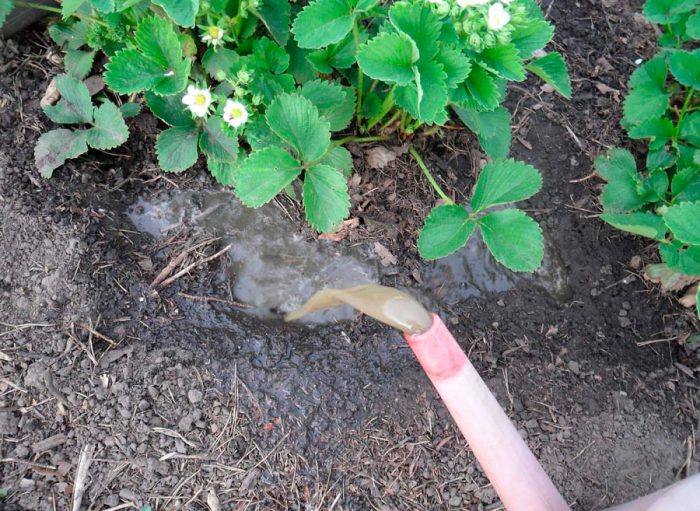
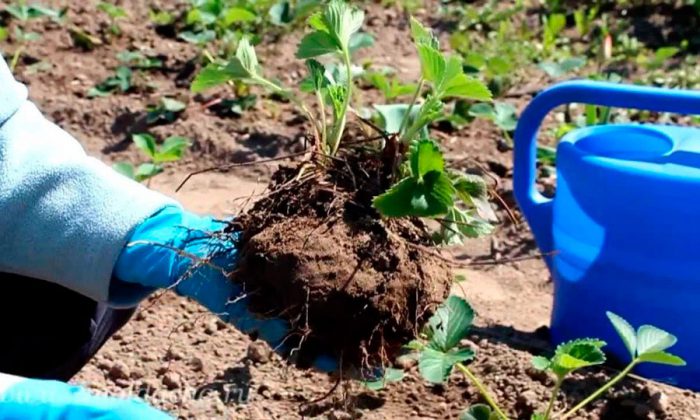

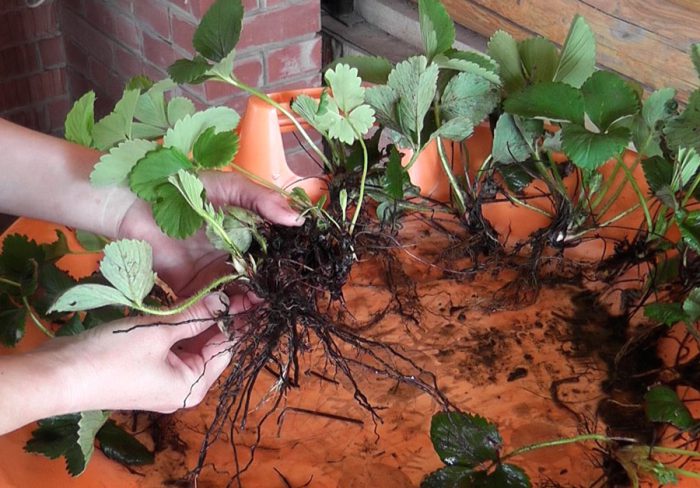
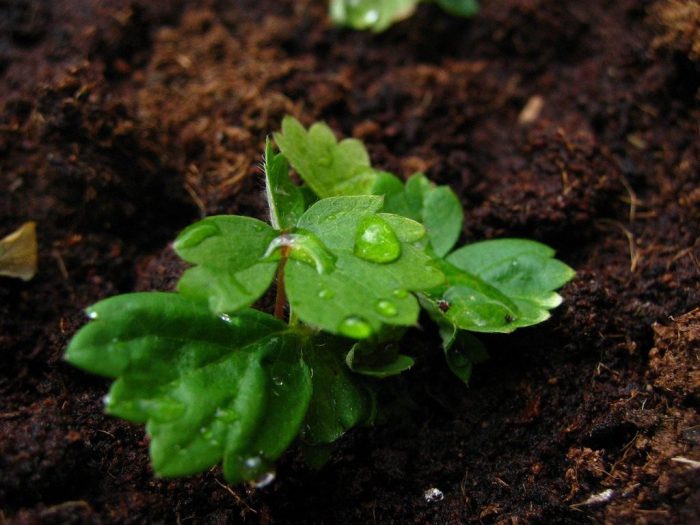

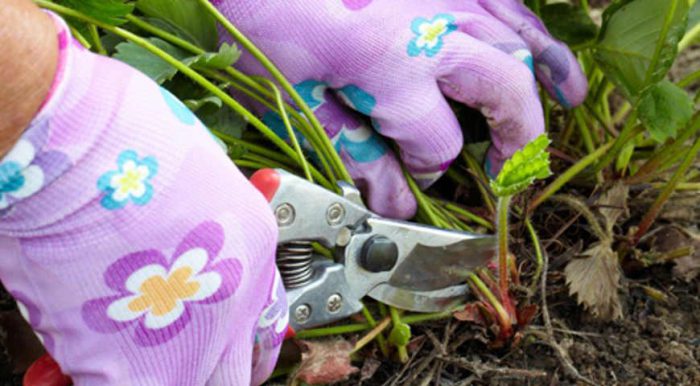
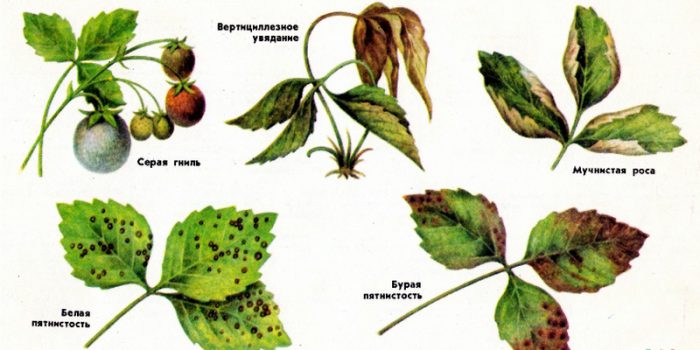

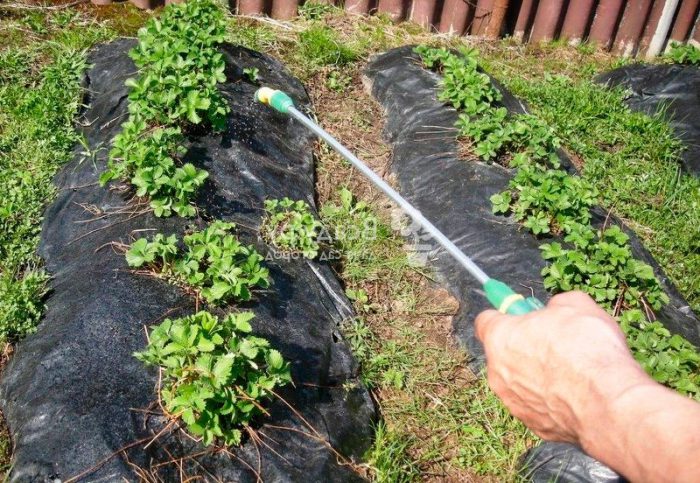



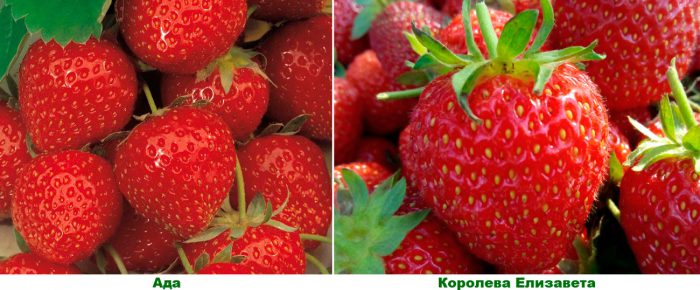







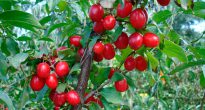
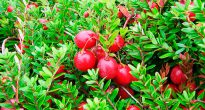

Thank you for an interesting and useful article. Tell me, please, if different varieties are planted together, they can get dusty?
It would be nice if you indicated which region which variety is better to grow